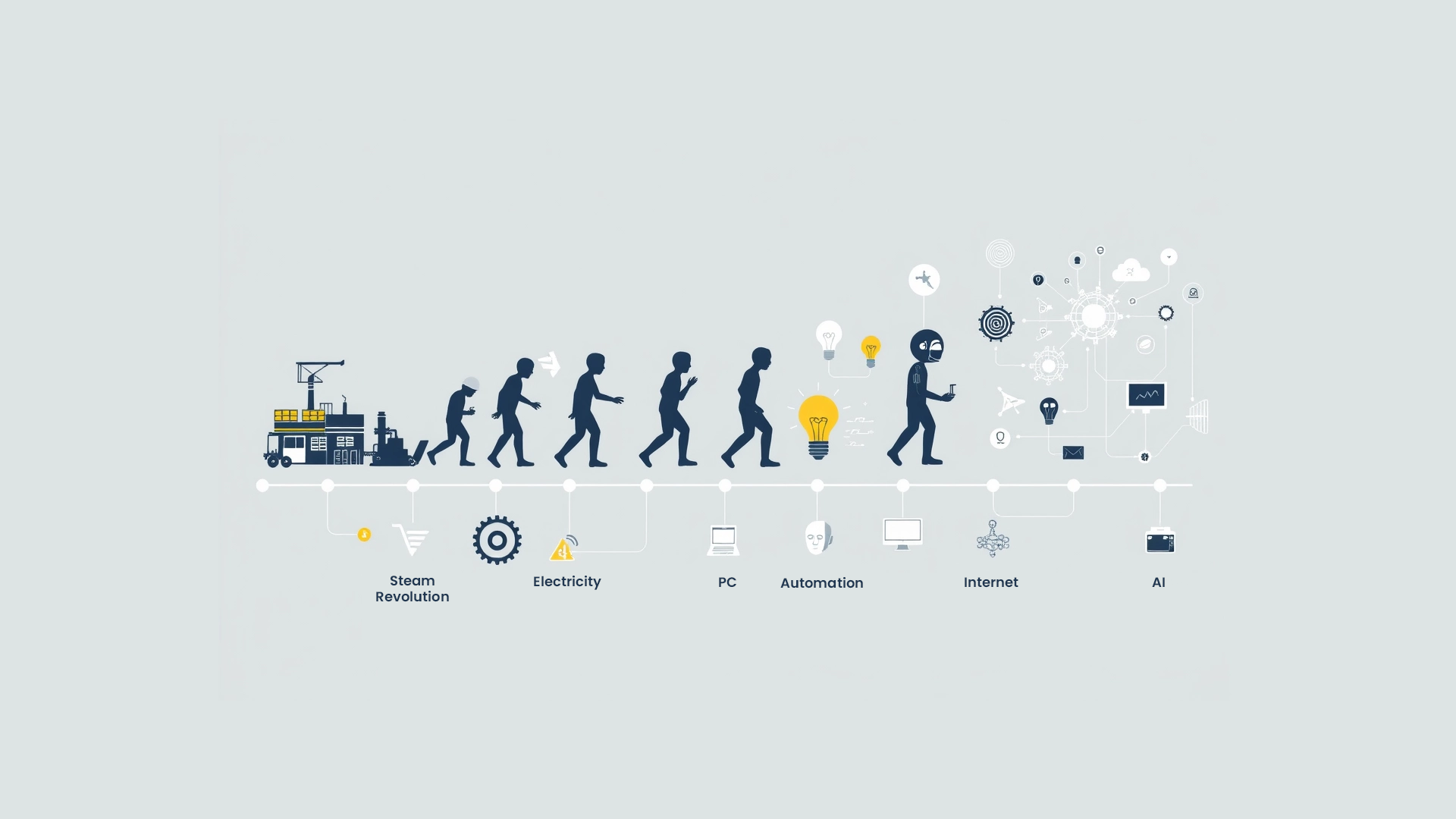Contribution of Recording, Transcribing and Analyzing Meetings to Company Management
Meetings play a crucial role in the daily operations of businesses. However, the effective management of meetings and the proper follow-up on their outcomes directly affect company performance and productivity. In this context, recording, transcribing, and analyzing meetings provides significant advantages for businesses. Here are the contributions of this process to company management and the data-supported benefits.
1.Transparency and Accountability
Recording and transcribing meetings increases transparency within the organization. What was said and which decisions were made are documented, enhancing accountability. According to a study published in Harvard Business Review, companies with a culture of transparency experience 30% less employee turnover and have 15% higher employee satisfaction. This type of transparency helps employees trust internal processes more, positively influencing the overall workplace culture.
2.Knowledge Management and Memory
Transcribing meetings helps strengthen the company’s memory. When decisions made in the past, topics discussed, and ideas generated are recorded, this information can be referenced in the future. According to an IBM study on knowledge management, 60% of companies that developed their knowledge management strategies were able to increase their annual revenue by 10% to 40%. This demonstrates that effective knowledge management can directly contribute to a company’s financial performance.
3.Productivity and Time Management
Written records of meetings reduce the need for employees to take notes during the meeting. This makes meetings more efficient. A study by McKinsey & Company found that information workers spend 28% of their weekly working hours in meetings. Making meetings more efficient can allow this time to be used more effectively, giving employees more time to focus on other tasks.
4.Performance Evaluation
Meeting records can be used to evaluate employees’ performance and participation. It becomes easier to see which employees made which contributions and provide feedback. According to a Gallup study, employees who receive regular feedback during performance evaluations show 30% higher performance. Meeting records ensure that this feedback is more objective and data-driven.
5.Improvement of Decision-Making Processes
Recording the decisions made in meetings allows for a better understanding of how those decisions were made and the reasons behind them. This can improve future decision-making processes. According to a study by Boston Consulting Group, companies with well-structured decision-making processes grow 20% faster. Meeting records contribute to more effective management of these processes.
6.Communication and Coordination
Written records of meetings can be shared with employees who were unable to attend the meeting. This enhances communication and coordination. According to a study by PwC, companies that implement effective internal communication strategies have 47% higher profit margins. Meeting records ensure that all employees have access to the same information, which enhances collaboration.
7.Legal and Regulatory Requirements
In some industries, meeting records may be a legal requirement. Such records can be used as evidence in case of disputes and help ensure regulatory compliance. According to a report by Deloitte, companies that manage regulatory compliance processes effectively face 22% fewer risks of fines and penalties. Meeting records are a critical tool in ensuring this compliance.
8.Training and Development
Meeting records can be used in the training of new employees. Access to past meeting transcripts can accelerate the adaptation process for new employees and help them learn business processes more quickly. According to a study by Bersin by Deloitte, companies with structured training programs have 218% higher revenue per employee productivity. Meeting records can help make these training programs more effective.
Data-Supported Success Stories
- Slack and Communication Ease: Slack has greatly improved internal communication by providing meeting transcriptions. A survey revealed that 85% of Slack users noted that communication was more transparent and efficient. This has contributed to more coordinated and collaborative companies.
- Google and Knowledge Management: Google is one of the pioneering companies in recording and transcribing meetings. Tools like Google Drive and Google Docs make it easy to share and access meeting transcripts. As a result, knowledge sharing and collaboration among Google employees increased by 30%.
- Buffer and Remote Work: Buffer, which adopted the remote work model, has used meeting records and transcriptions to ensure effective internal communication. Through this method, Buffer increased employee satisfaction by 25% and optimized remote work performance.
Conclusion
Recording, transcribing, and analyzing meetings is of critical importance for company management. It provides significant benefits in areas such as transparency, accountability, knowledge management, productivity, performance evaluation, decision-making processes, communication, legal compliance, and training. These data-supported benefits help companies work more effectively and efficiently. Therefore, managing meeting records effectively is one of the key elements for success in the modern business world.
Other Articles









